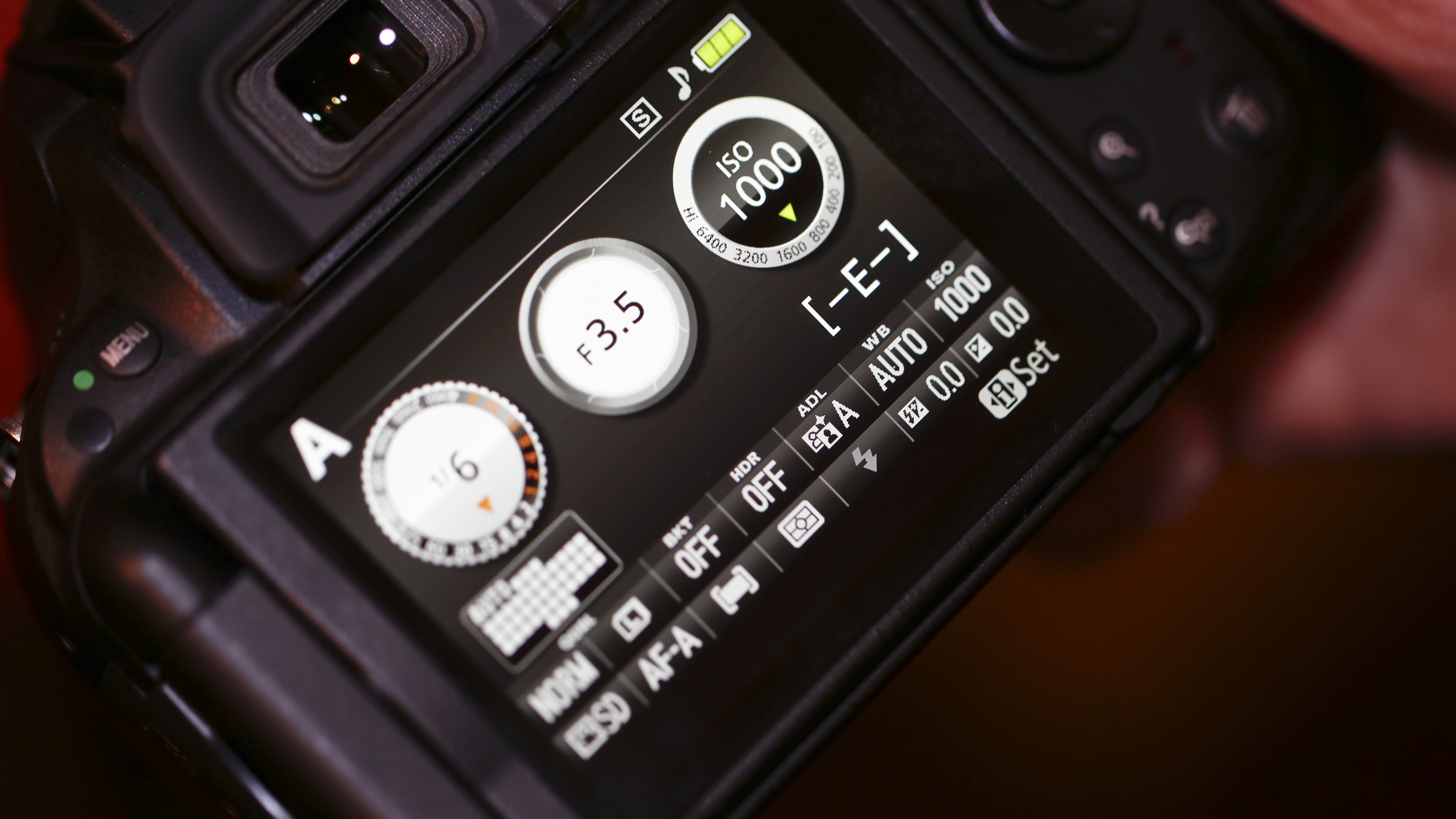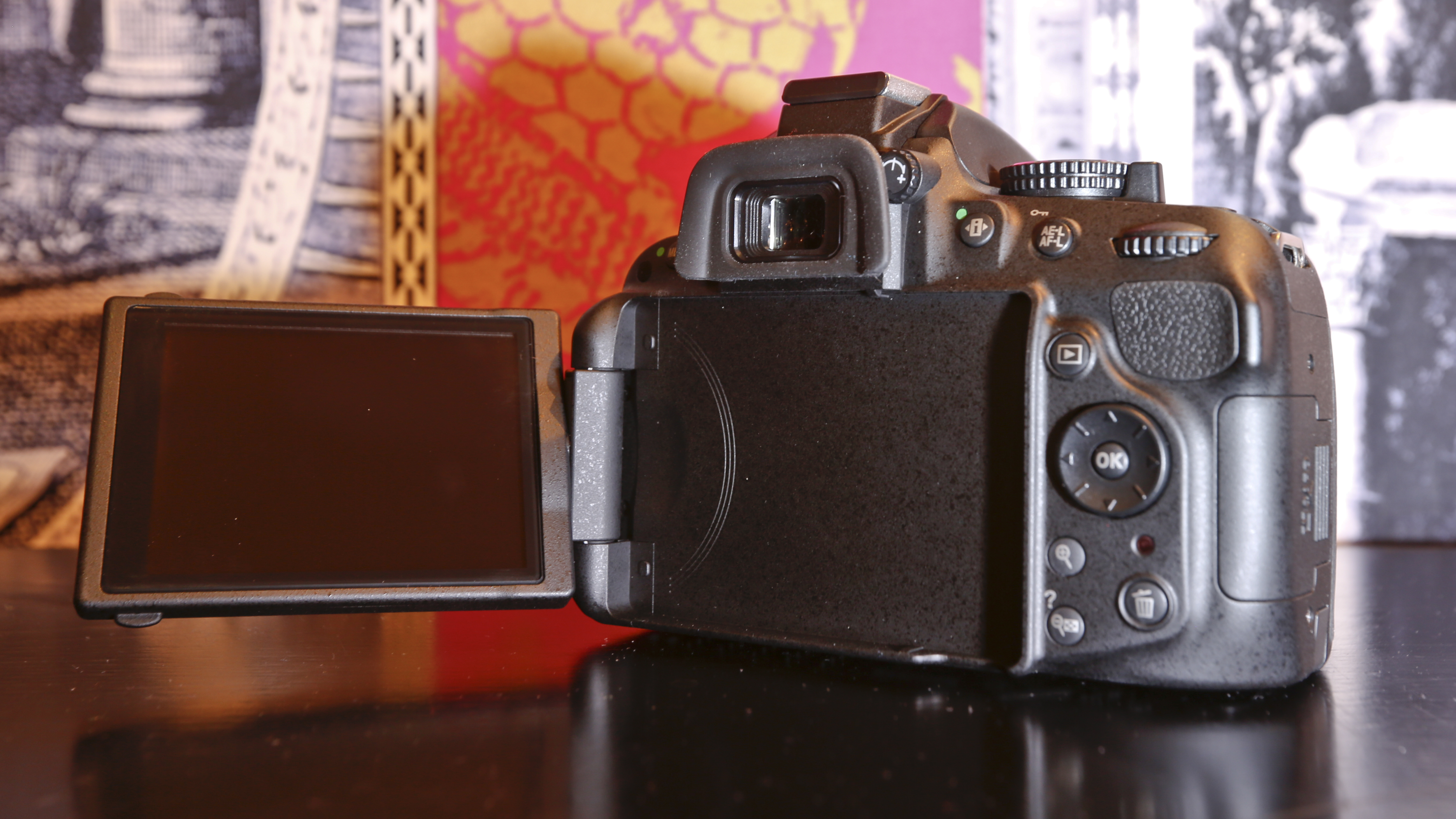Why you can trust TechRadar
Given its high pixel count, we would expect the Nikon D5200 to be able to resolve plenty of detail, provided that image noise is controlled well. Happily Nikon's new DSLR doesn't disappoint in this respect.
Predictably the amount of detail that is recorded drops at the highest sensitivity settings, with a significant drop at the top native sensitivity setting (ISO 6400).
This is generally within acceptable limits, but we recommend reserving the expansion settings for emergencies and staying to ISO 3200 or below where possible.

Even at ISO 3200, the size at which some images can be used may be limited by the presence of slight banding in some of the darker mid-tones.
On the whole the Nikon D5200's 2016-pixel RGB Matrix metering system does an excellent job with most scenes, and it isn't easily tricked into under or over-exposure. In most cases it can be left to its own devices, but in extreme situations - so for example in snowy conditions - it may be necessary to dial in a little exposure compensation.
Nikon has had issues with some DSLR screens showing colours inaccurately, but we found that the Nikon D5200's screen consistently shows colours as they appear in the captured image. This makes it much easier to assess white balance.

On that subject, in the Standard Picture Control mode the Nikon D5200 generally delivers accurate and vibrant colours, but the automatic white balance system can make images shot in shade look a bit lifeless and under-saturated.
This is easily addressed by setting a custom white balance, which warms things up considerably - in some cases a bit too much.
We also find that the Landscape Picture Control mode over-enhances blues and greens so they look unnatural. The Monochrome mode, however, produces some nice results.

And, because the Picture Control modes can be used when shooting raw and JPEG images simultaneously, it's possible to produce a monochrome JPEG as well as a raw file with all the colour information.
With 39 phase detection AF points, the image frame is fairly well covered, but the outer edges are still beyond reach. However, we found the system very responsive, and subjects were brought quickly into focus even with the 18-55mm kit lens mounted on the camera.
Compared with the average compact system camera's, however, the contrast detection system available in the Nikon D5200's live view mode is slow. It's no different from most other DSLRs', but it can't be used with moving subjects, and live view remains best reserved for use with still subjects and when the camera is on a tripod.

We're a little surprised that Nikon hasn't made any changes to the special effects modes available on the Nikon D5200 via the mode dial. It's the same seven that are available on the Nikon D5100: Night Vision, Color Sketch, Miniature, Selective Colour, Silhouette, High Key and Low Key. These are still JPEG-only options for stills photography, unfortunately.
Such effects are a matter of personal taste, but we could give most of this selection a miss. The Miniature and Color Sketch effects are good fun, though.
The good news is that the new processing engine makes the Live View feed a little smoother than on the Nikon D5100 when these modes are selected, although there is sometimes still some lag.

Current page: Performance
Prev Page Build quality and handling Next Page Image quality and resolution